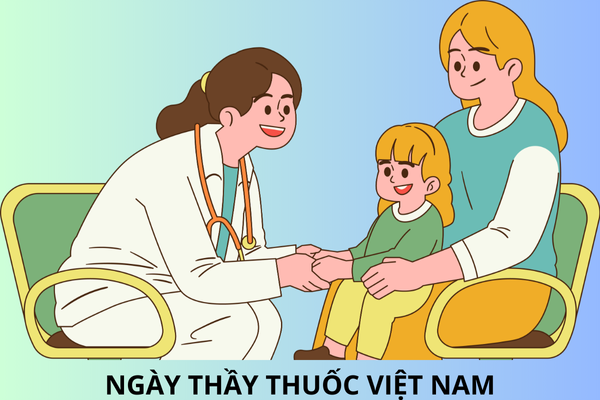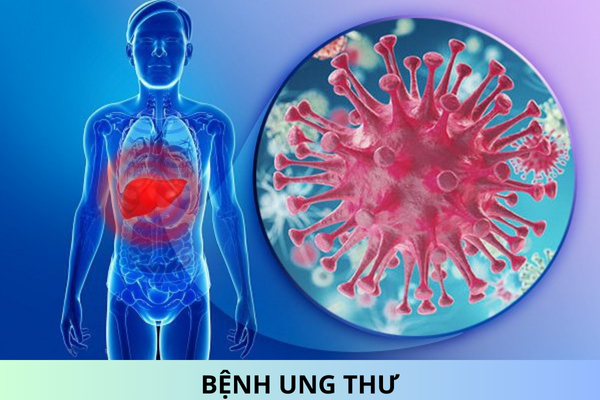What are regulations on technical guidance on the slaughter of diseased animals and diseased animal products in Vietnam?
What are regulations on technical guidance on the slaughter of diseased animals and diseased animal products in Vietnam? What are dangerous infectious diseases in animals subject to compulsory prevention by vaccines and periodic surveillance in Vietnam?
Thank you!
What are regulations on technical guidance on the slaughter of diseased animals and diseased animal products in Vietnam?
Pursuant to Section 2, Appendix 6 issued together with the Circular 07/2016/TT-BNNPTNT stipulating as follows:
2. Compulsory Slaughter
Compulsory slaughter of animals as prescribed in Clause 4, Article 30 of the Law on Veterinary Medicine is carried out as follows:
2.1. For vehicles transporting animals to the slaughterhouse
a) Vehicles must have a closed floor or be lined with waterproof materials to ensure that no waste is released during transportation; must be cleaned, disinfected and disinfected before transporting animals out of the epidemic area and after sending animals to the slaughterhouse;
b) Wastes and fillers must be collected for burning or treated with disinfectant before being buried; Floor mats, fixed objects containing animals, that cannot burned or buried, must be cleaned, disinfected and sterilized.
2.2. For an animal slaughterhouse
a) The slaughterhouse must ensure that there are no animals kept waiting for slaughter;
b) All animals brought for compulsory slaughter must be slaughtered and according to the principle that healthy animals must be slaughtered before animals showing signs of disease and animals infected;
c) After completing the slaughter of animals, handling of carcasses, by-products and other products of animals, the slaughter establishment must collect all waste for destruction and carry out cleaning and disinfection. poison worms; wastewater in the slaughter process must be collected and treated with chemical disinfectants; Slaughtering tools, containing animal products must be cleaned, disinfected and sterilized.
2.3. The carcass of animals must be heat treated by making spring rolls or boiling or applying other measures to ensure that there is no possibility of disease transmission.
2.4. For by-products and other animal products, they must be collected, sprayed with disinfectants before being put in sealed bags or containers, sprayed with disinfectants before being sent to the disposal site.
Vehicles transporting by-products and other products to the disposal site must have a closed floor; must be cleaned, disinfected before and after being transported to the disposal site.
What are dangerous infectious diseases in animals subject to compulsory prevention by vaccines and periodic surveillance in Vietnam?
Pursuant to Appendix 7 issued together with the Circular 07/2016/TT-BNNPTNT (amended by Clause 3 Article 1 of the Circular 09/2021/TT-BNNPTNT) stipulating as follows:
1. Dangerous infectious diseases must be subject to mandatory preventive measures by vaccinations for domestic animals.
1.1. Some dangerous infectious diseases according to domestic animals are as follows:
a) Diseases in cattle: Foot-and-mouth disease, Anthrax, Pasteurellosis, Lumpy Skin Disease.
b) Diseases in pigs: Foot-and-mouth disease, Pasteurellosis, Classical Swine Fever;
c) Diseases in goats and sheep: Foot-and-mouth disease, Anthrax;
d) Diseases in chickens and quails: Avian influenza (high virulent form), Newcastle;
dd) Diseases in ducks and geese: Avian influenza (high virulent form), Duck cholera;
e) Diseases in dogs and cats: Animal rabies.
1.2. Based on practical requirements of animal disease prevention and control, epidemiological characteristics and circulation of dangerous infectious disease agents in animals, the Department of Animal Health shall submit to the Ministry of Agriculture and Rural Development to supplement animal diseases subject to compulsory prevention by vaccines according to the provisions of Section 1.1 of this Appendix.
2. Dangerous infectious diseases must be periodically monitored
2.1. Diseases transmitted between animals and humans that must be periodically monitored for domestic animals at breeding establishments, breeding poultry and dairy cows:
a) Diseases in cattle: Brucellosis, Bovine tuberculosis, Leptospirosis;
b) Diseases in pigs: Leptospirosis, Streptococcus suis (type 2);
c) Diseases in goats: Leptospirosis;
d) Diseases in poultry: Avian influenza (high virulence or influenza virus strains capable of transmitting disease to humans).
2.2. Based on practical requirements of animal disease prevention and control, epidemiological characteristics and circulation of dangerous infectious disease agents in animals, the Department of Animal Health shall submit to the Ministry of Agriculture and Rural Development to supplement animal diseases subject to periodic monitoring as prescribed in Section 2.1 of this Appendix.
3. Vaccination certificate form
|
NAME OF PROVINCIAL VET AGENCY |
SOCIALIST REPUBLIC OF VIETNAM |
CERTIFICATES OF PREVENTION
Name of disease …………………………….
Certification of domestic animals of: .................................
Address: ……………………. hamlet/village: …………. commune/ward/town: …………………….
Species of domestic animals: …………………….(2)…………
Prevented by vaccines: …………(3)……………………
Vaccination date: …………(4)…………..
Number of animals that have been vaccinated against disease: …………...
Characteristics of identifying animals/herds of animals: ……………………(5)………….
………………………………………………………………………………………………..
This vaccination certificate is valid until: ……………………..(6)……………………
|
PERSON APPLYING FOR VACCINATION (signature and full name) |
DISTRICT VET AGENCY |
_______________
(1): Specify the name of the householder or the name of the owner/name of the livestock farm.
(2): Specify species and breeds of domestic animals (buffalo, cow, goat, sheep, pig, dog, cat, chicken, duck, swan, etc)
(3): Specify the name of the vaccine, the batch number, the expiration date of the vaccine.
(4) and (6): Specify the day, month, year
(5): Enter the pet's name/ear tag number (if any), weight, coat color, age, distinctiveness, purpose of rearing (breeding, milking, slaughtering, etc) or other characteristics.
Best regards!











